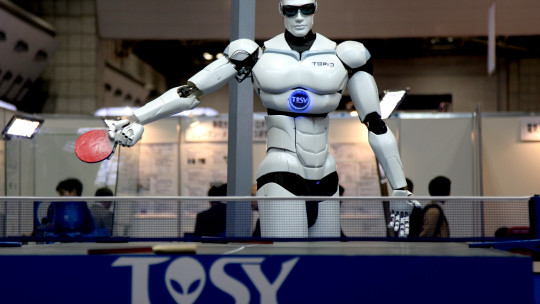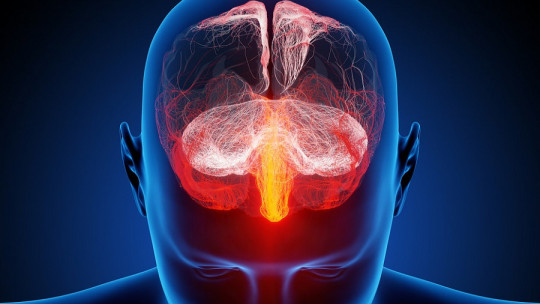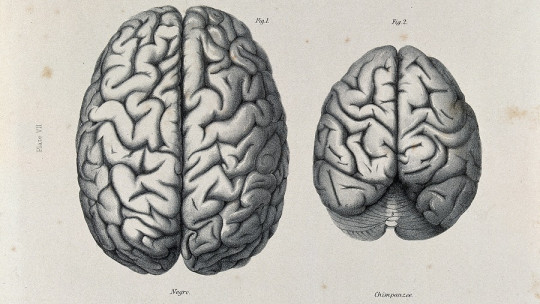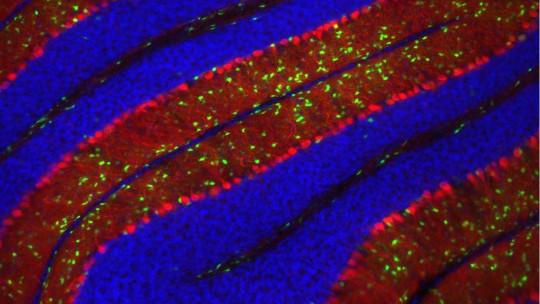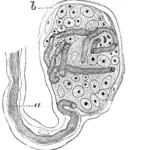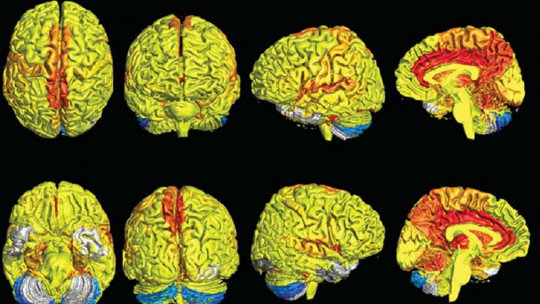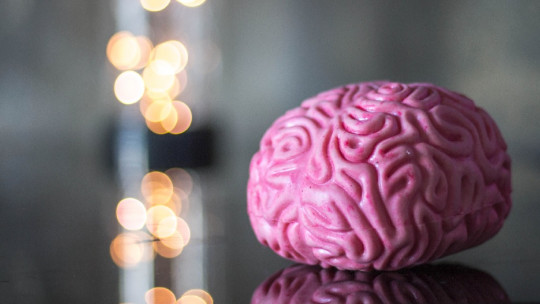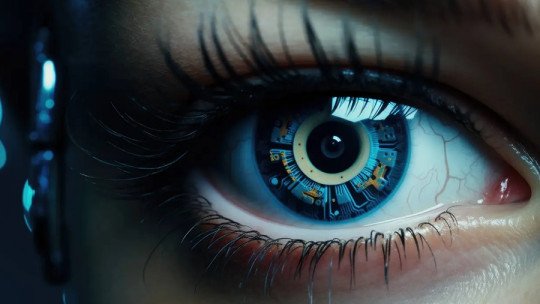
Artificial Intelligence is a recurring topic in recent years. It has been perceived as a novelty capable of changing the way we understand and function in the world. However, The approaches to Artificial Intelligence are not as new as you have probably imagined Already in the last century there were thinkers and researchers who clearly outlined the path of technology and robotics that is closer to our present day in detail.
Hans Moravec is a researcher focused on robotics issues and known for the paradox he proposed regarding the parallel evolution of computers and humans. Moravec’s paradox revolves around considering the possibility that, at some point in the future, computers and technologies may develop abilities similar to human cognition and emotionality.
What is Moravec’s paradox?
At first, Moravec postulates his point of view from considering such computer advances impossible. Therefore, Moravec He has even been considered a futurist due to its ability to imagine and predict in some way the technological advances that the human species and our environments would experience. Nowadays, we become more and more familiar with these artificial intelligences that make us doubt what is real and fake. Have you never thought about how far this matter can go and if it can be dangerous?
In this article, we are going to develop what the Movarec paradox is and what it implies. We will seek to understand why it is so relevant to consider his opinion, having been able to largely predict the path that technology and its development was going to take, until reaching our days with something as unpredictable as artificial intelligence.
Contextualization of the paradox
To understand the Moravec Paradox, it is essential to delve into its context and origin. Hans Moravec, a pioneer in artificial intelligence, raised this paradox in the 1980s, challenging long-held expectations in the scientific community. The essence of the paradox lies in the reversal of perceived difficulties in programming skills in machines compared to the natural ability of humans
The paradox is highlighted when considering that tasks that humans perform easily, such as recognizing faces or walking through a room full of obstacles, turn out to be incredibly complicated to implement in an artificial system. Why does something so seemingly simple to us become so intricate when trying to translate it into code logic and algorithms?
Moravec argues that these seemingly basic abilities are the result of millions of years of biological evolution. The complexity of the interactions between our senses, our brain and our body has been perfected over generations to ensure survival and adaptation to the environment The way we process visual information, balance when walking, coordination of fine movements – all of these skills are inherent in our biology, but challenging to imitate in an artificial context.
In contrast to this difficulty, tasks that we consider intellectually demanding, such as solving mathematical problems or performing complex calculations, are processes that machines can tackle with relative ease. Here the paradox arises: the abilities that define us as human beings, shaped by millions of years of evolution, turn out to be the most elusive for artificial intelligence.
Moravec and biology
The key to unraveling Moravec’s Paradox lies in the deep connection between human biology and the abilities we consider naturally simple Moravec argues that our low-level abilities, such as sensory perception and locomotion, are the product of biological evolution, a complex dance of genes and natural selection that has optimized our bodies and minds to survive and thrive in our environment.
Imagine, for a moment, the seemingly simple task of walking. For a human, this is something we do intuitively, adjusting to uneven terrain, avoiding obstacles, and maintaining precise balance. However, when we try to replicate this ability in a machine, we encounter a number of unexpected challenges. Coordinating movements, instantly adapting to changes in the environment, and quickly interpreting visual and tactile information are skills we have honed over millennia.
Our brain and body work in harmony to perform these actions efficiently, but programming a machine to perform them with the same skill turns out to be a monumental challenge. These skills, which Moravec calls “low-level skills,” are so ingrained in our biology that we often take them for granted. However, when we are faced with the task of transferring them to an artificial context, the complexity of these processes becomes evident.
Algorithms and codes, no matter how advanced they are, struggle to replicate the intuition and adaptability that our biology naturally provides. This paradox leads us to question not only the ability of machines to imitate our most basic abilities, but also to reflect on the depth of biological evolution that has shaped our existence.
Advances in Artificial Intelligence
As we explore Moravec’s Paradox, the question arises: to what extent have machines advanced in imitating human abilities? Recent years have seen notable advances in artificial intelligence, especially in the field of deep learning. These advances have led to the creation of algorithms and models capable of addressing complex tasks from pattern recognition to language translation, with surprisingly close-to-human performance.
In the realm of more advanced cognitive abilities, machines have demonstrated an impressive ability to process large amounts of data and perform complex calculations. From chess to medical diagnoses, artificial intelligence has proven to be a formidable ally in tasks that require rapid processing and analysis of extensive information.
However, when we delve into the skills that Moravec identifies as “low-level skills,” such as sensory perception and locomotion, machines encounter more slippery terrain. Although there are notable advances, such as robots capable of walking or drones that can navigate complex environments, exact replication of human intuition and adaptability remains a considerable challenge.
It is crucial to recognize that although machines can outperform humans at specific tasks, generalization of low-level skills that we take for granted remains a significant challenge The complexity inherent in coordinating fluid movements, instantly interpreting sensory data, and adapting to changing environments are where human biology continues to outperform artificial intelligence.
These advances lead us to question not only the current capabilities of artificial intelligence, but also the future path. How will machines evolve to overcome the Moravec Paradox? Will algorithms be developed that can precisely emulate our most basic skills, or will the gap between low- and high-level skills continue to be a distinctive feature of the relationship between humans and machines?
Implications and future
Moravec’s Paradox raises fundamental questions about the future of artificial intelligence and its integration with human society. As machines continue to advance in imitating our abilities, it is crucial to consider the ethical, social and economic implications of this evolution.
From an ethical perspective, We face the challenge of ensuring that the development of artificial intelligence is carried out in a responsible and thoughtful manner Understanding Moravec’s Paradox suggests that certain human abilities, rooted in biological evolution, may not be easily replicable in the artificial realm. This raises questions about the limits of automation and the need to preserve certain essential human characteristics.
Socially, the integration of artificial intelligence into everyday life is already transforming the way we work, learn and communicate. The paradox invites us to consider how these changes can affect the perception of our abilities and contribute to the evolution of society as a whole. In the economic sphere, the automation of complex tasks contrasts with the difficulties in replicating seemingly simple tasks. This may have significant implications for the distribution of work and the need to redefine roles and skills in the labor market.
The future of artificial intelligence will depend, in part, on how we address the Moravec Paradox Will we seek to develop algorithms that more closely imitate low-level skills, or will we focus our efforts on leveraging the strengths of artificial intelligence in more specialized tasks?
Conclusions
In conclusion, Moravec’s Paradox not only challenges us to understand the complexities of artificial intelligence, but also urges us to reflect on our own place at this intersection between the biological and the artificial. As we move toward a future increasingly intertwined with technology, paradox reminds us that, despite our achievements, there are still aspects of the human experience that defy replication. Our ability to embrace technology ethically and equitably will depend on how we manage this ever-evolving paradox.

